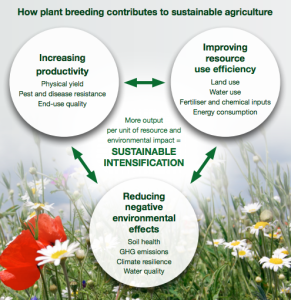We have on occasion blogged about “European” crops (and indeed livestock) being grown far from home, and how that sometimes serves to save varieties that have, for whatever reason, been lost back in the old country. Here’s another example, courtesy of the International Centre for Integrated Mountain Development (ICIMOD) and its newsletter.
Ci Zhong, a Tibetan-Naxi village nestled in the Upper Mekong Valley, is renowned for its Catholic Church, which was built by French missionaries in 1914 AD. The French brought the first grape vine to the valley at about the same time. Ci Zhong locals inherited the techniques of vineyard cultivation and wine making from the French and do not use synthetic fertilizers or pesticides in their fields. Today, they are still growing the grape variety, Rose Honey, brought by the French a century ago. This grape variety has already died out in the rest of the world, due to a disease that wiped out almost all grape plantations in Europe at the time. About 160 kilometres north along the valley, the Naxi people of Bamei village have also starting cultivating a variety of grapes — Cabernet Sauvignon.
I can’t be sure about the statement that Rose Honey is extinct (except for its foothold in the Upper Mekong, that is) but that’s certainly what the internet seems to think. And I could’t find it in the European Vitis Database or the Vitis International Variety Catalogue or the US collection. But who knows, maybe it survives in some Baja mission oasis or Cape homegarden? In the meantime, I wonder if the French are going to ask for repatriation.
